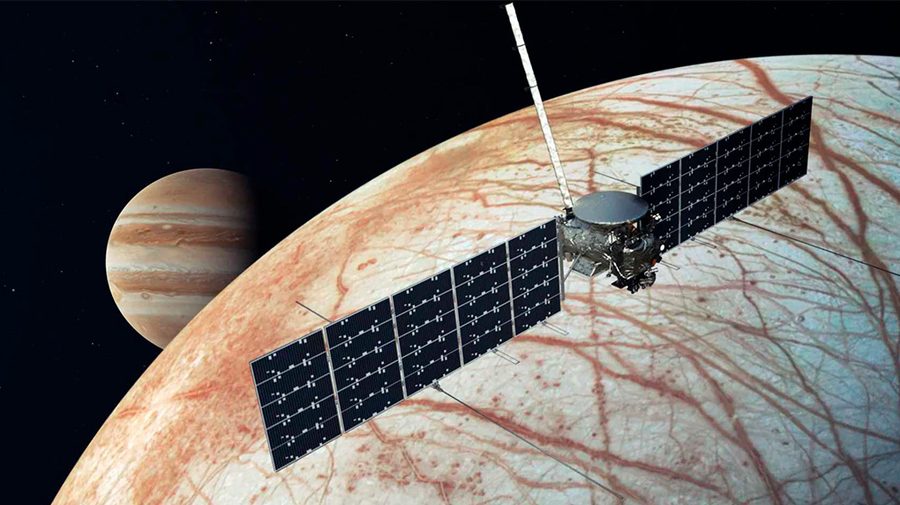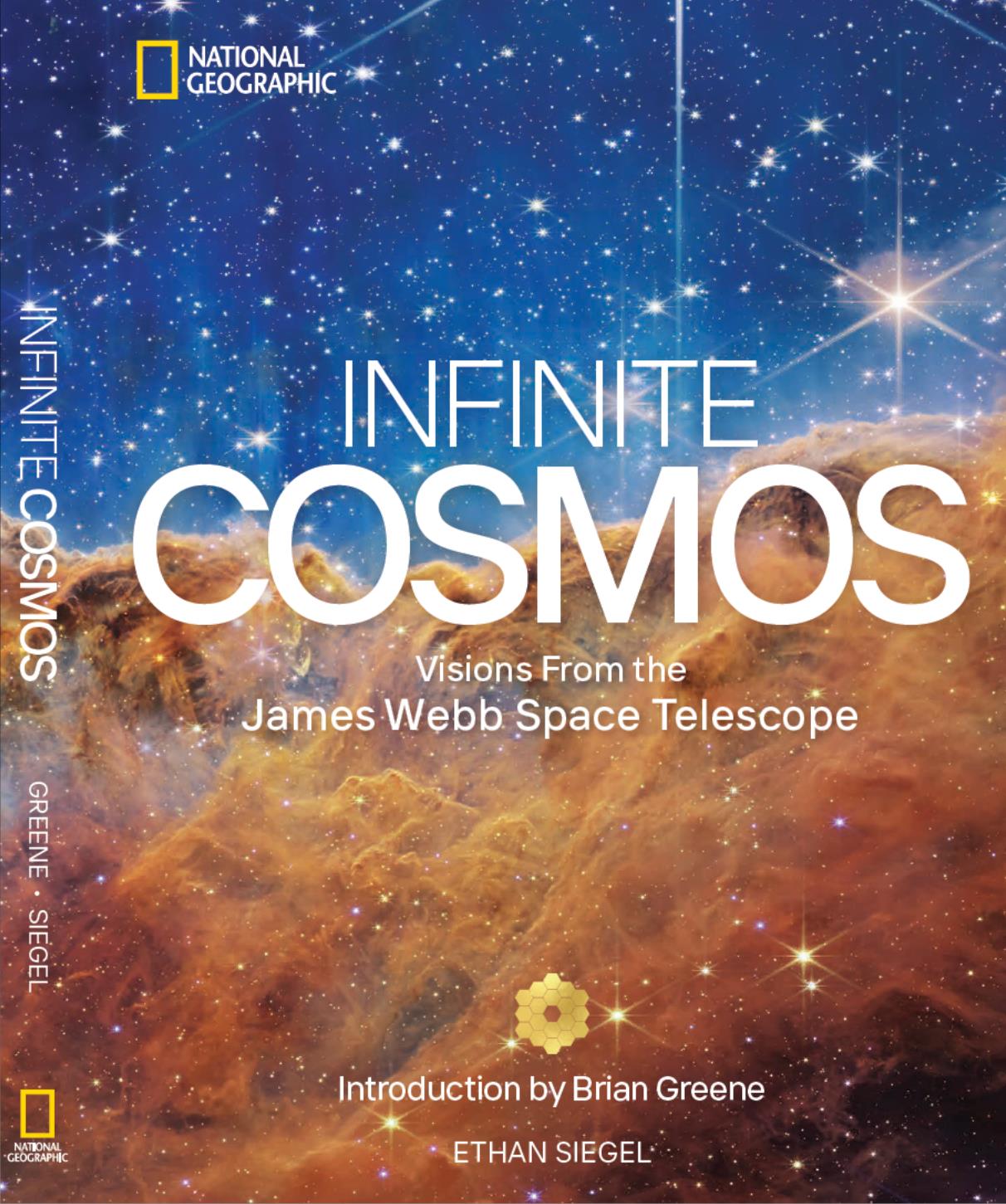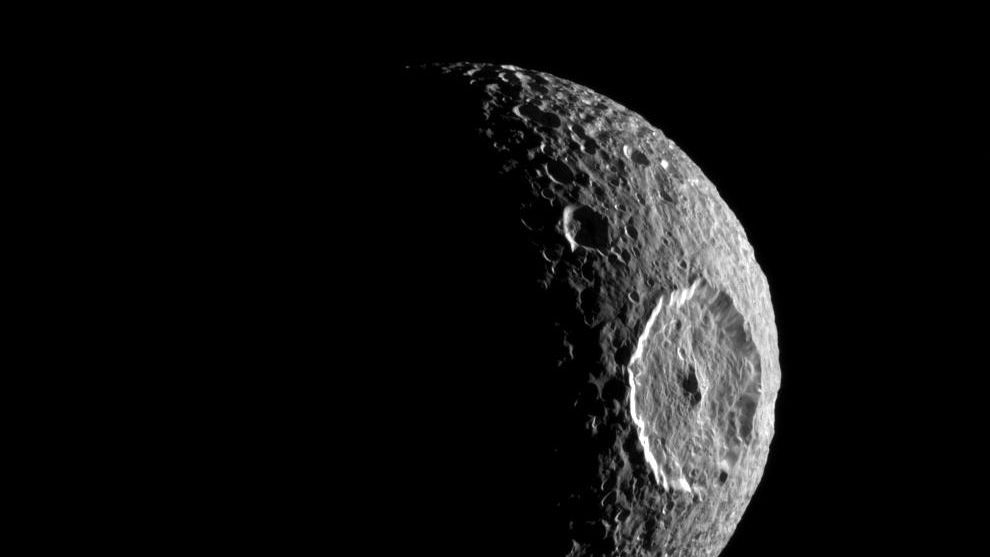Mostly Mute Monday: See Inside The Swirling Storms Of Saturn
Once a complete mystery, the Cassini mission has solved them at last!
“It is marvelous indeed to watch on television the rings of Saturn close; and to speculate on what we may yet find at galaxy’s edge. But in the process, we have lost the human element; not to mention the high hope of those quaint days when flight would create ‘one world.’ Instead of one world, we have ‘star wars,’ and a future in which dumb dented human toys will drift mindlessly about the cosmos long after our small planet’s dead.” –Gore Vidal
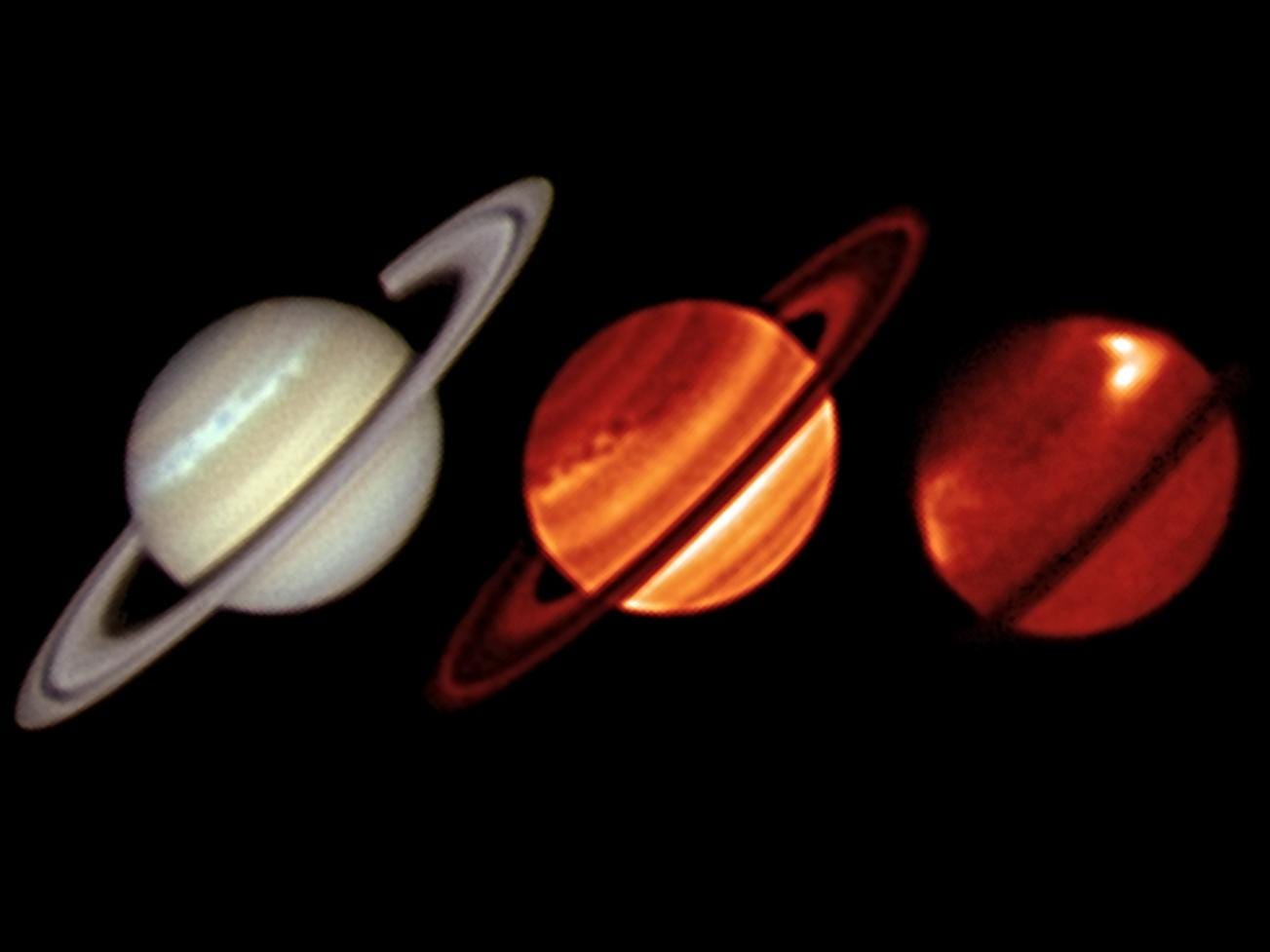
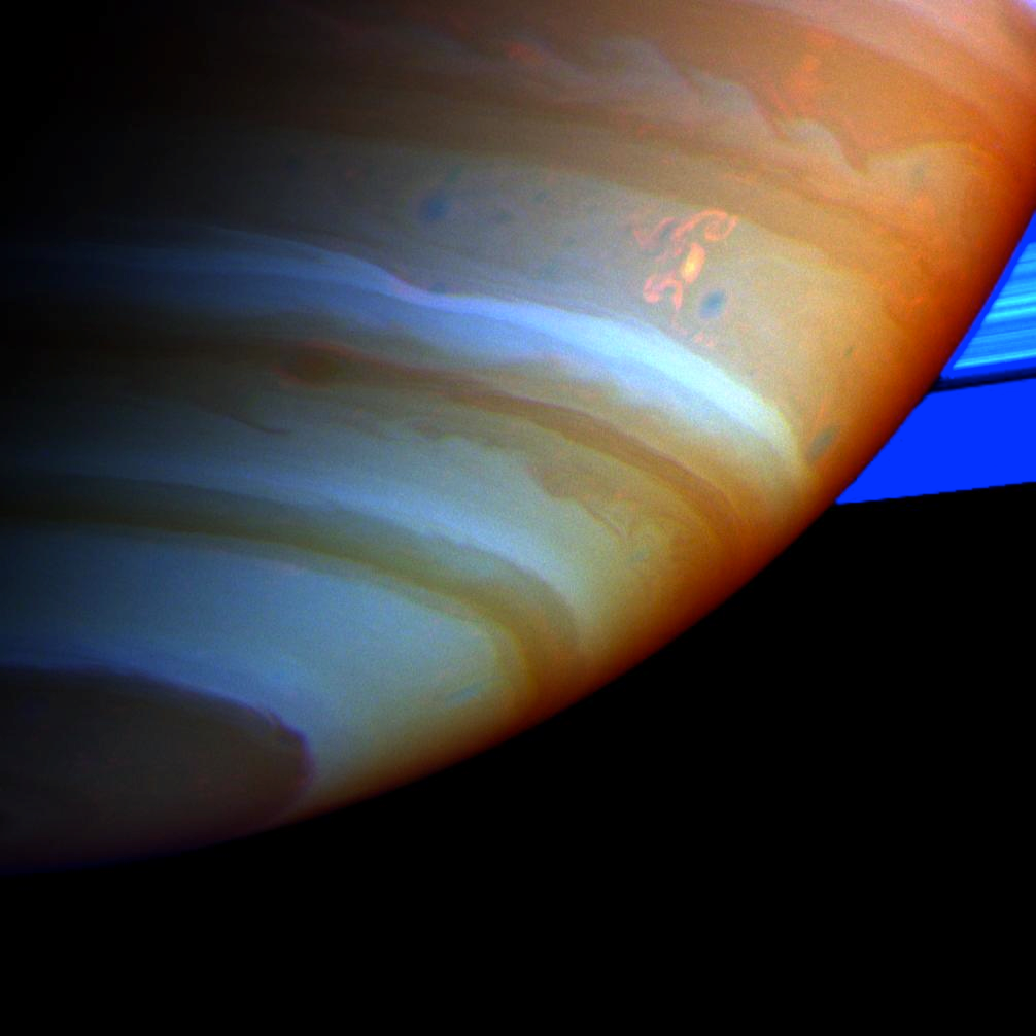
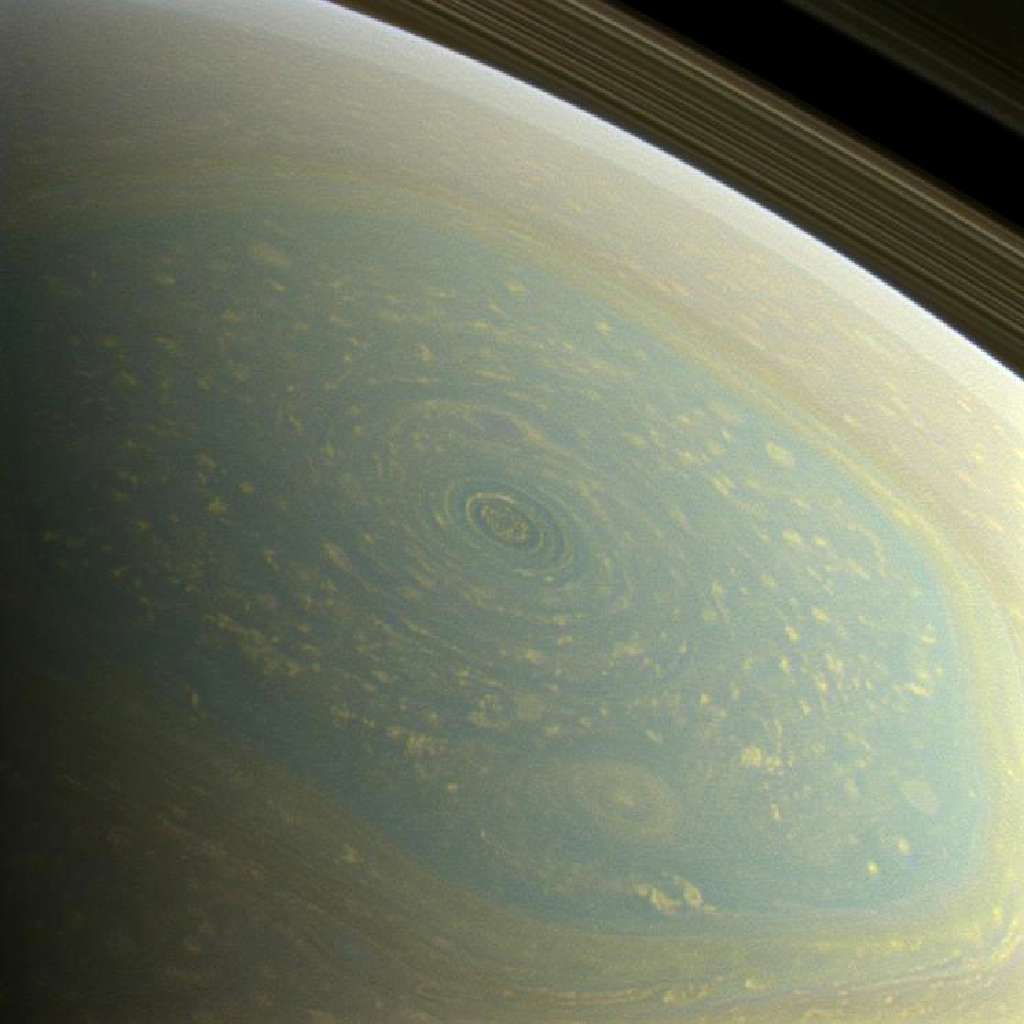
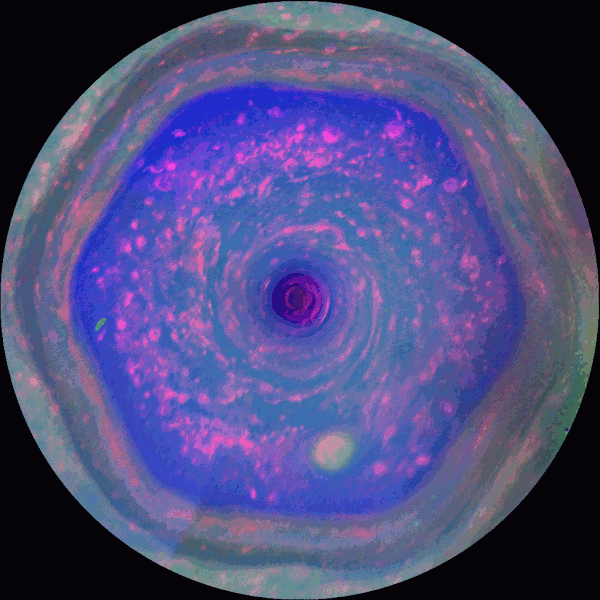
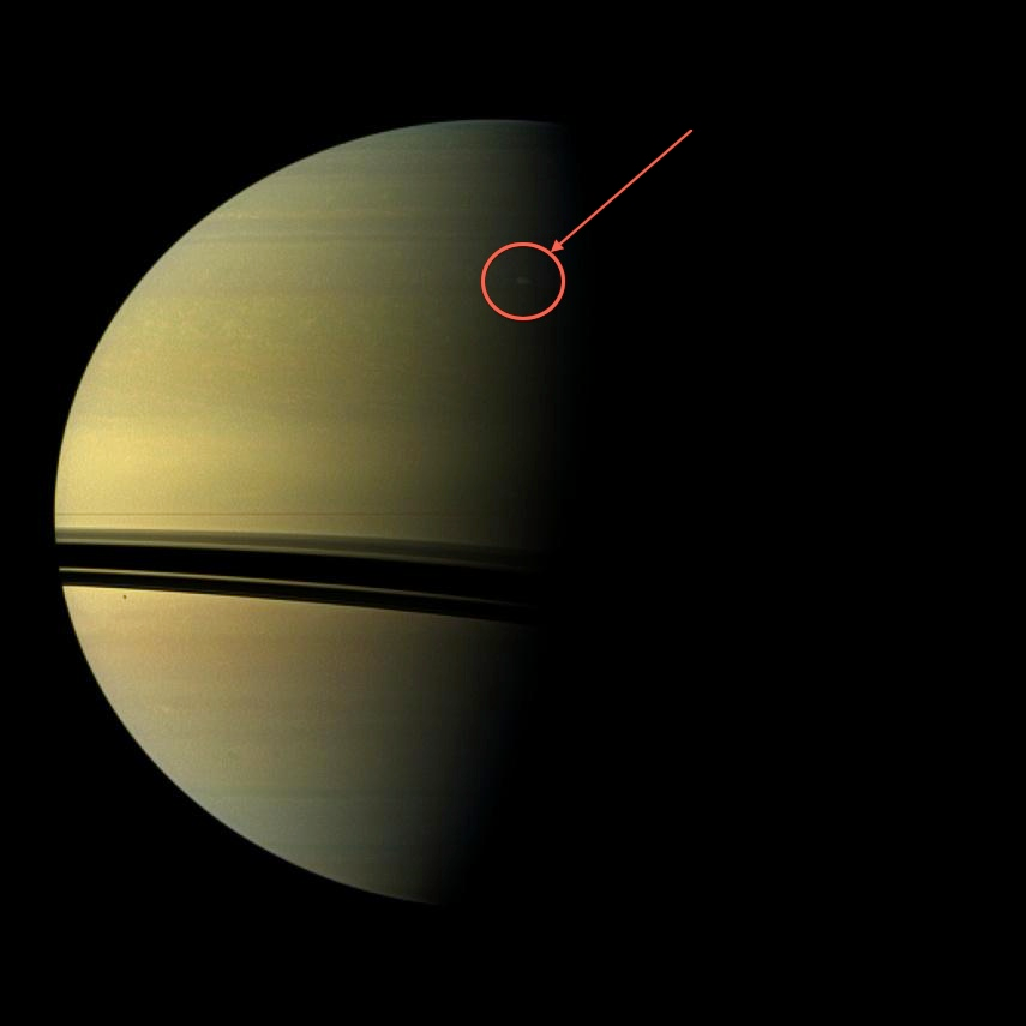
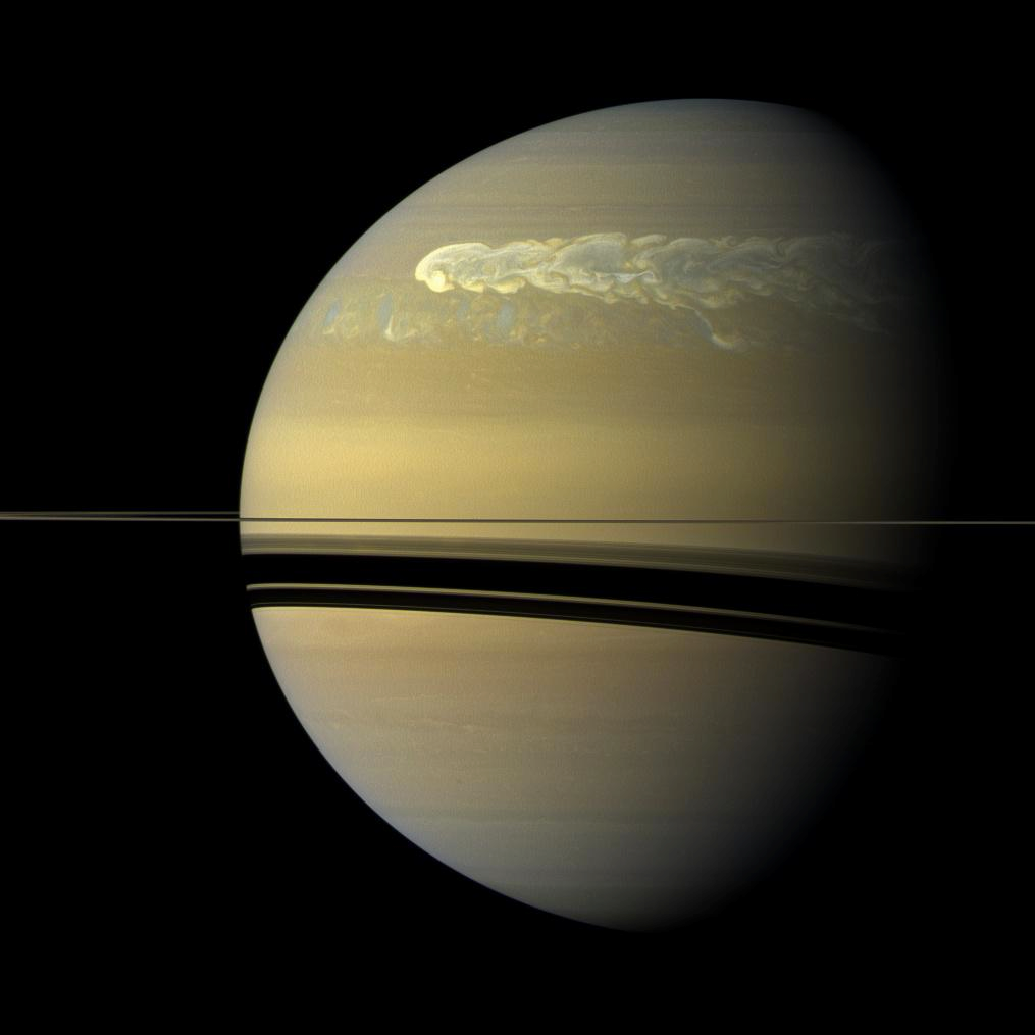
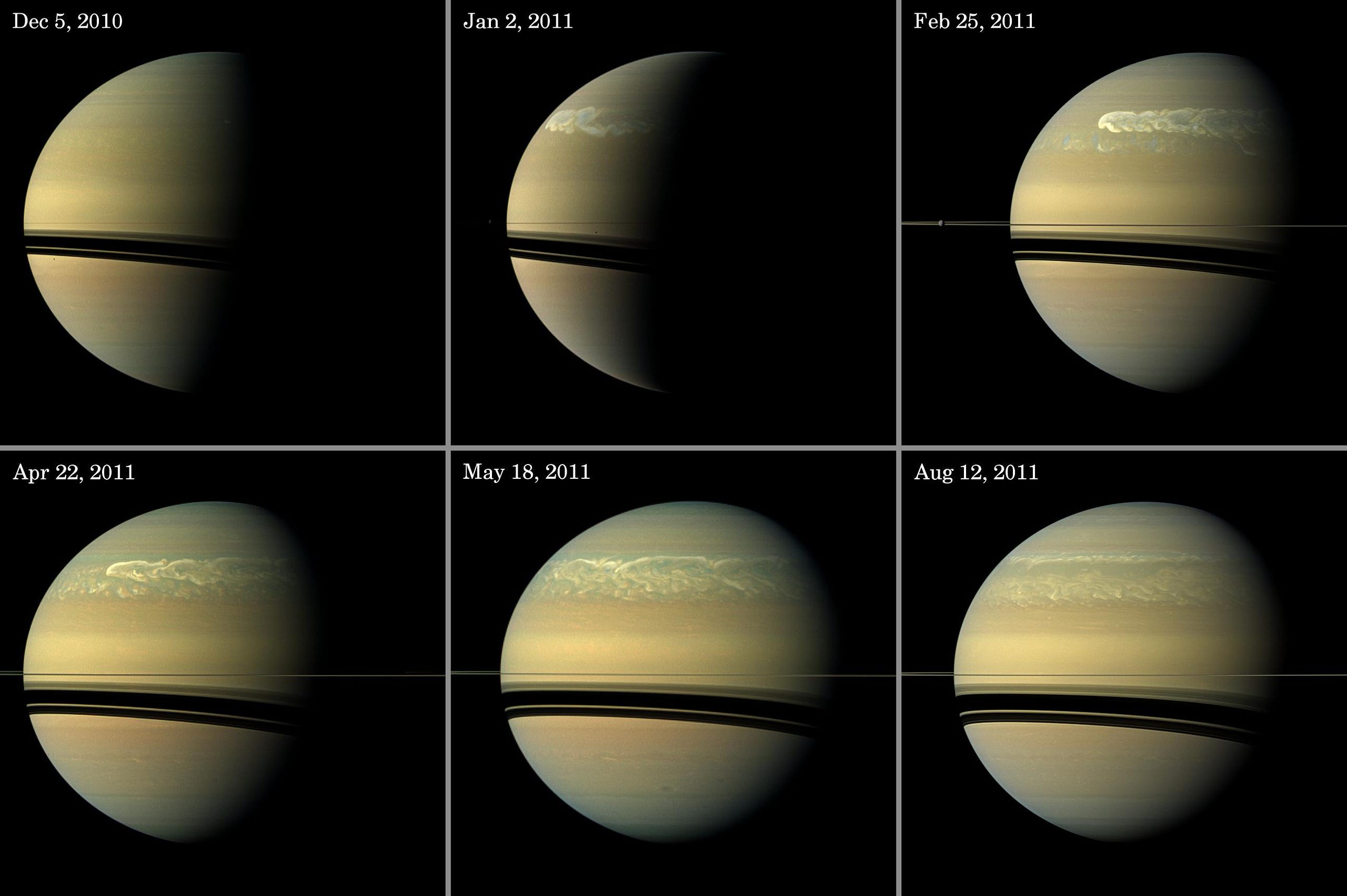
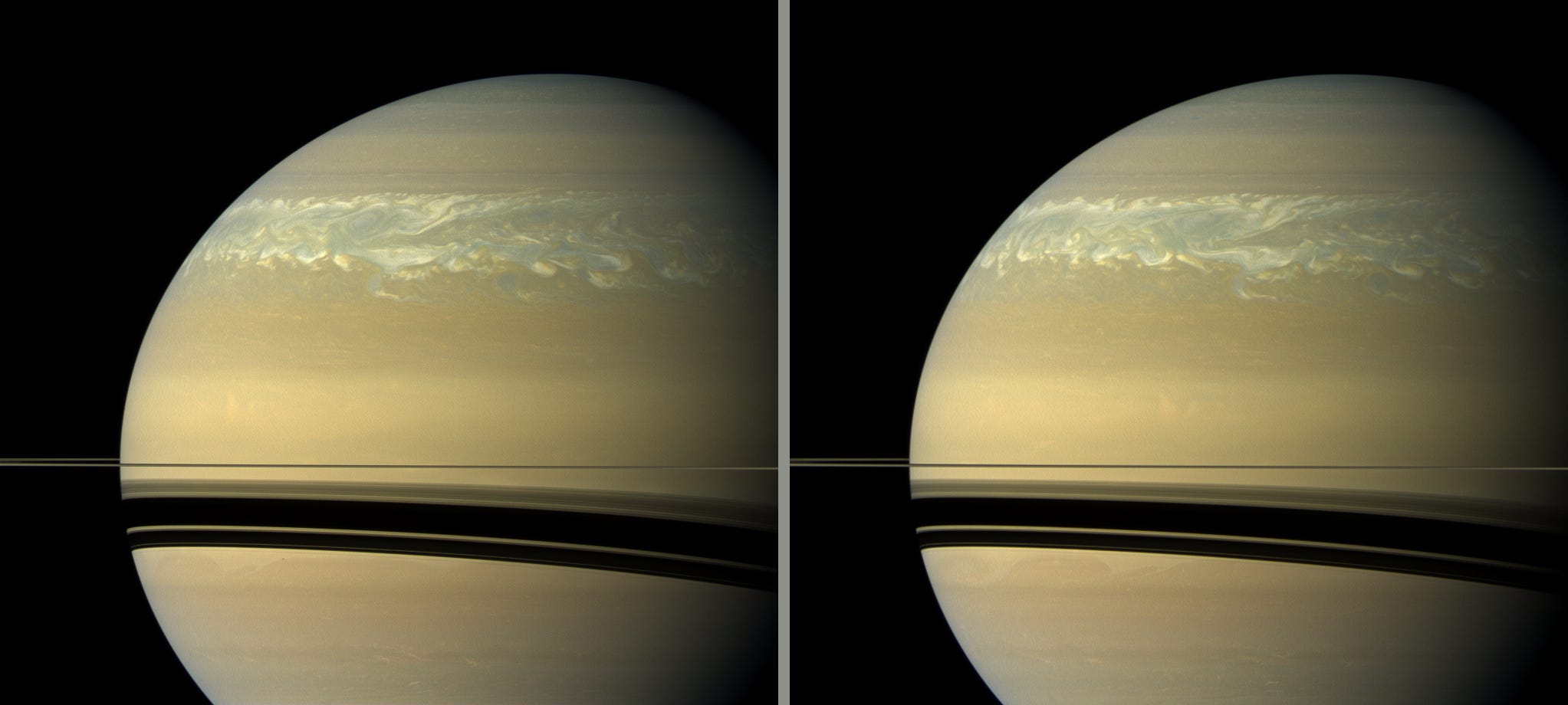
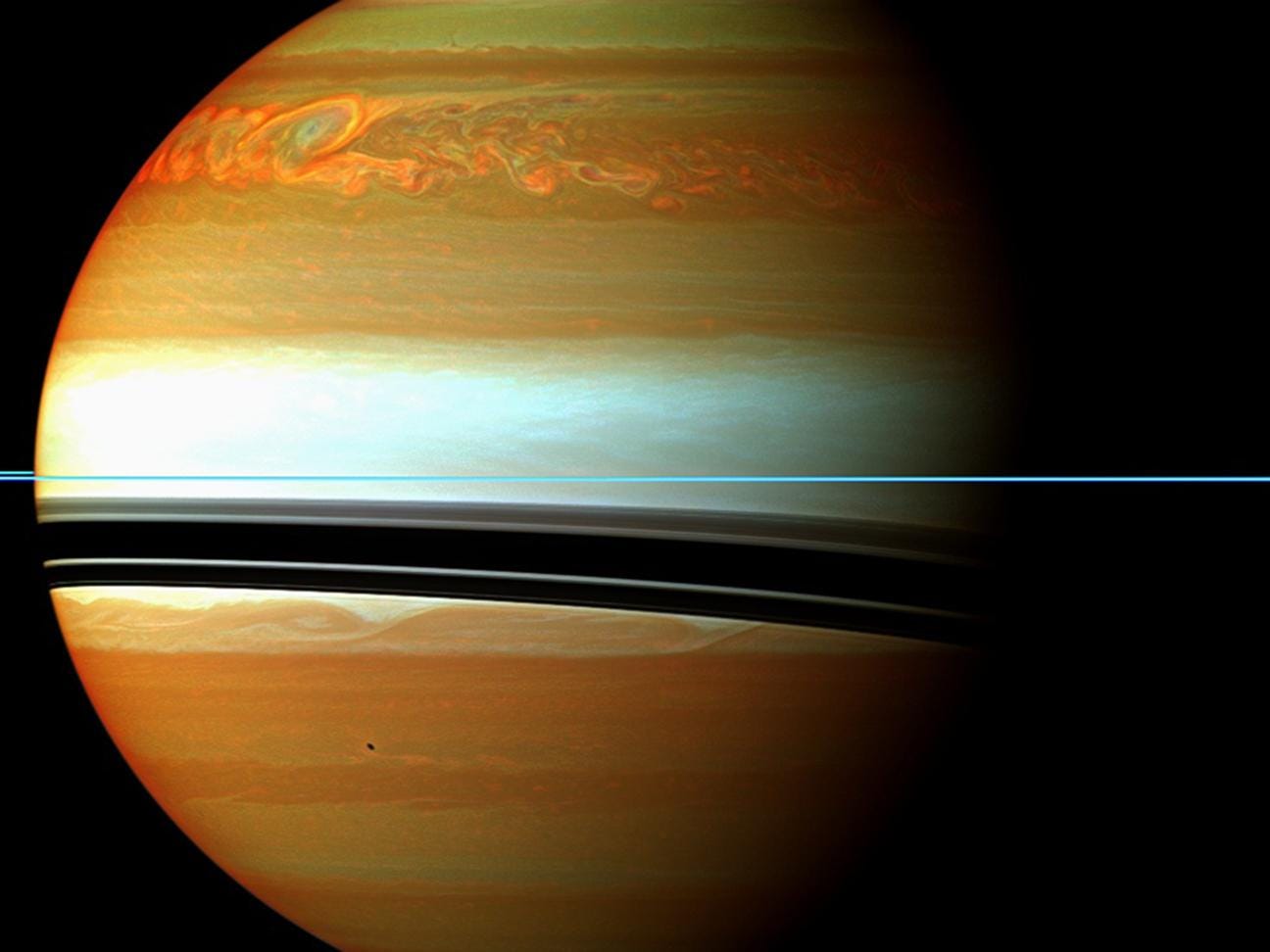
Like all the planets with atmospheres, Saturn contains its own weather, complete with storms both large and small. While the Cassini mission was able to discover a number of interesting ones on the ringed-world, such as the long-lived polar hexagon and the Southern hemisphere’s Dragon Storm, the most spectacular occurred in 2011, emerging in the northern hemisphere, encircling the entire planet, lapping itself and lasting over 200 days.
While a handful of storms of this magnitude have been observed every 20–30 years or so dating back to 1876, this was the largest, longest-lived one. In April, we found these storms are suppressed by water vapor in the lower layers of Saturn’s atmosphere. Being heavier than not only hydrogen and helium but also methane, the wet water vapor forms a layer underneath Saturn’s outer exosphere, insulating the inner part of the world. Eventually, the outer layers cool so much that they sink, allowing the inner, wet layers — and storms — to re-emerge.
Having developed this picture from Cassini’s true and false-color images, the next major Saturnian storm, predicted for the 2030s, could finally teach us how much water our ringed neighbor contains.
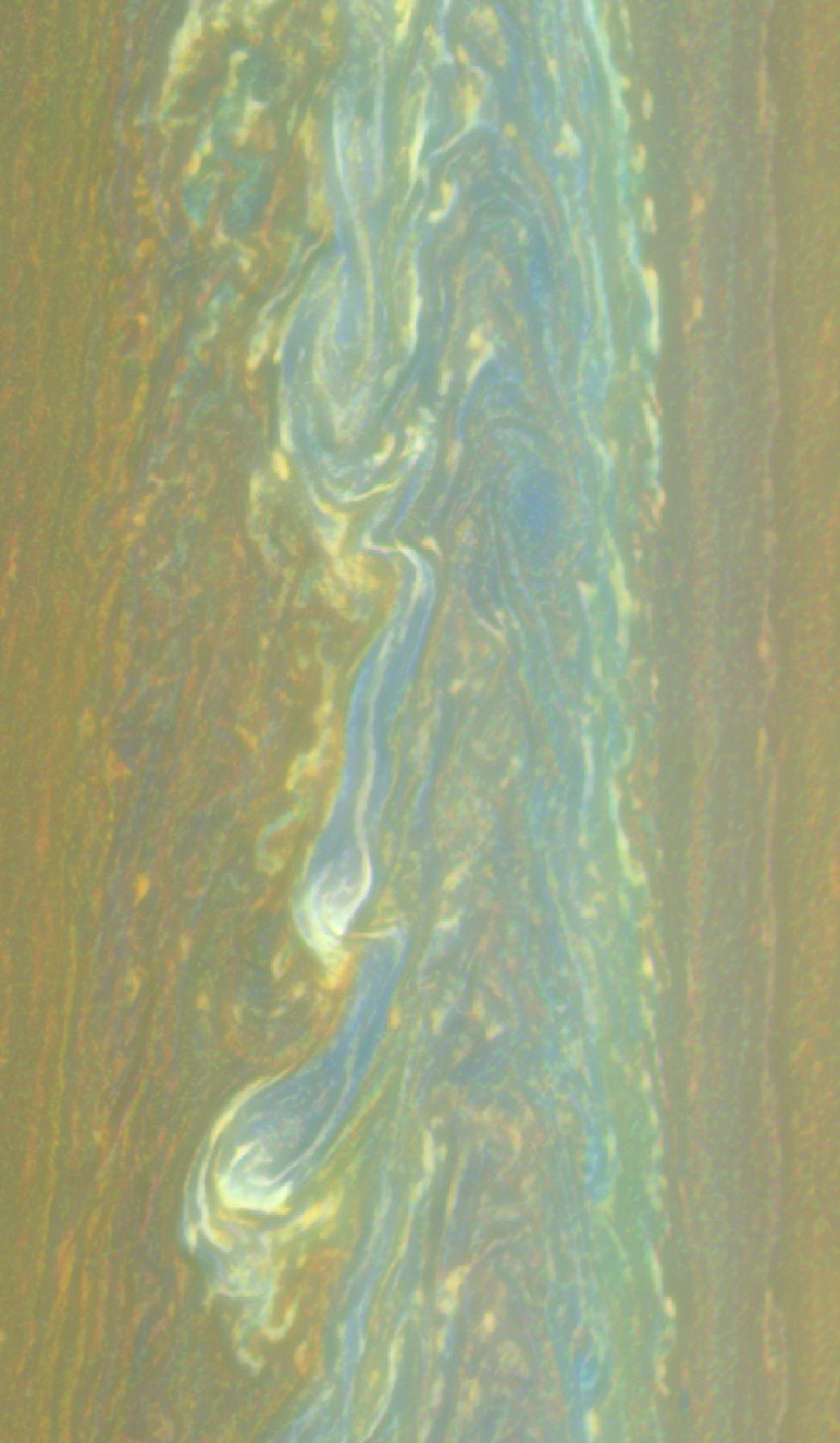
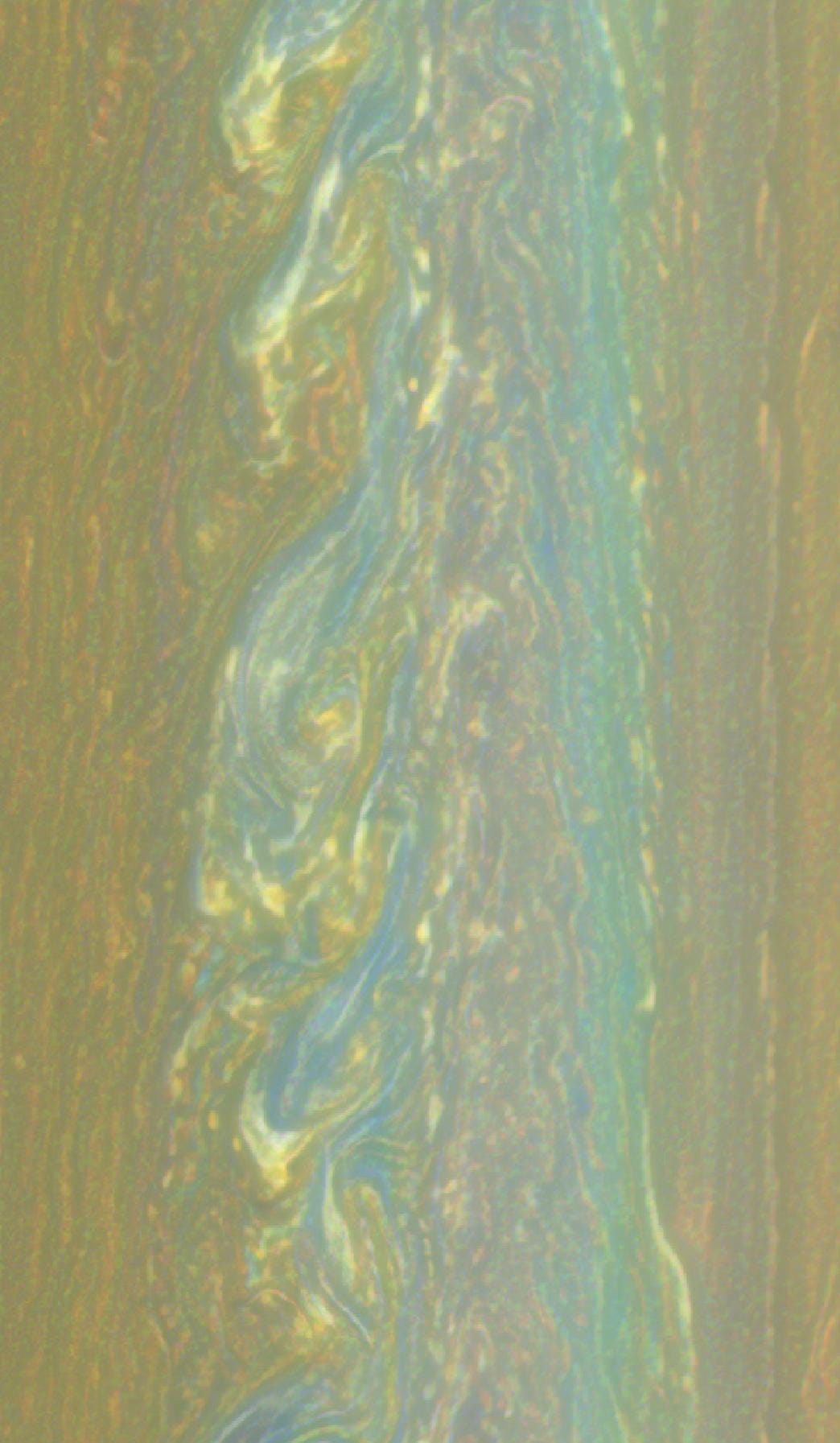
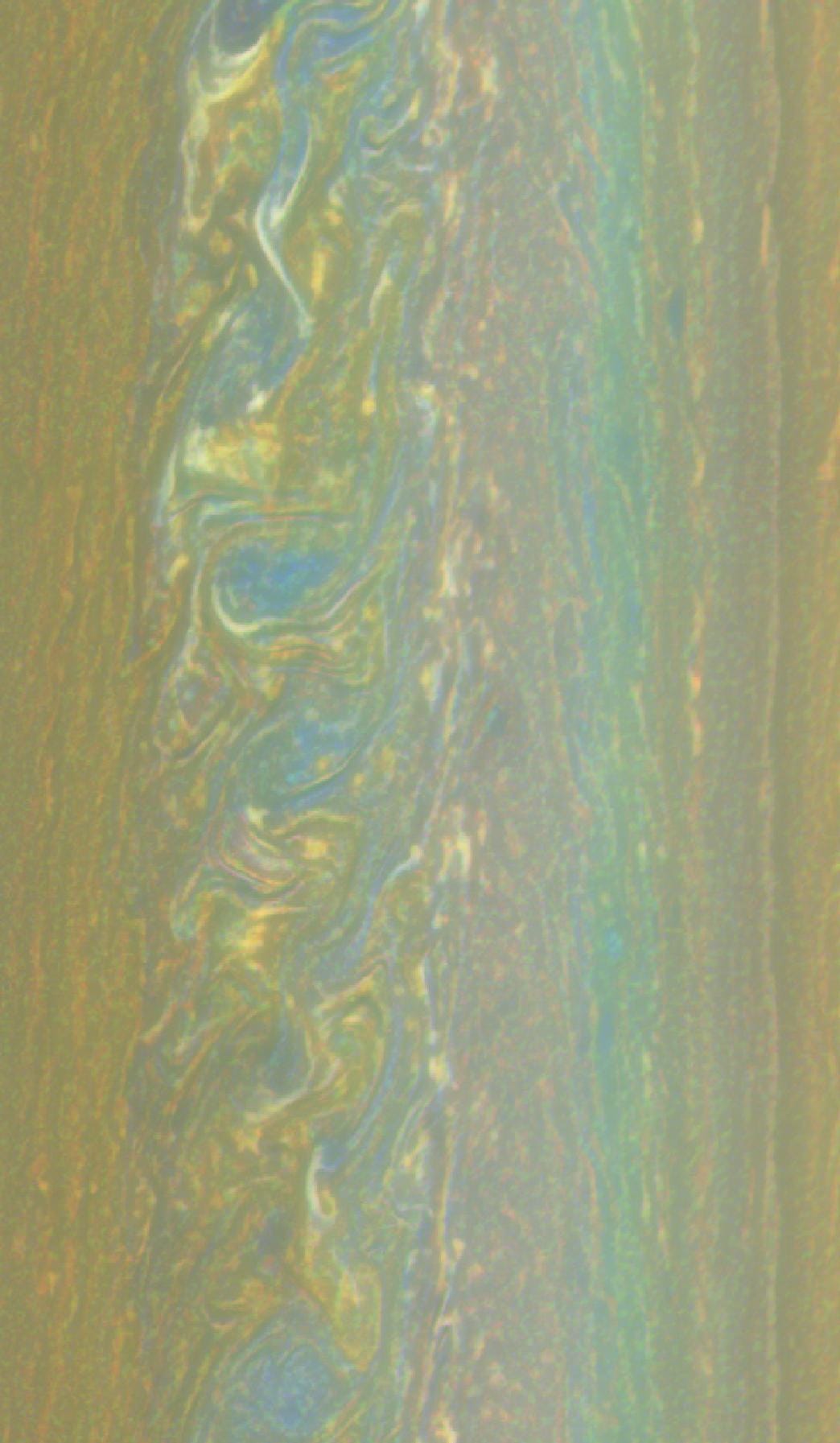
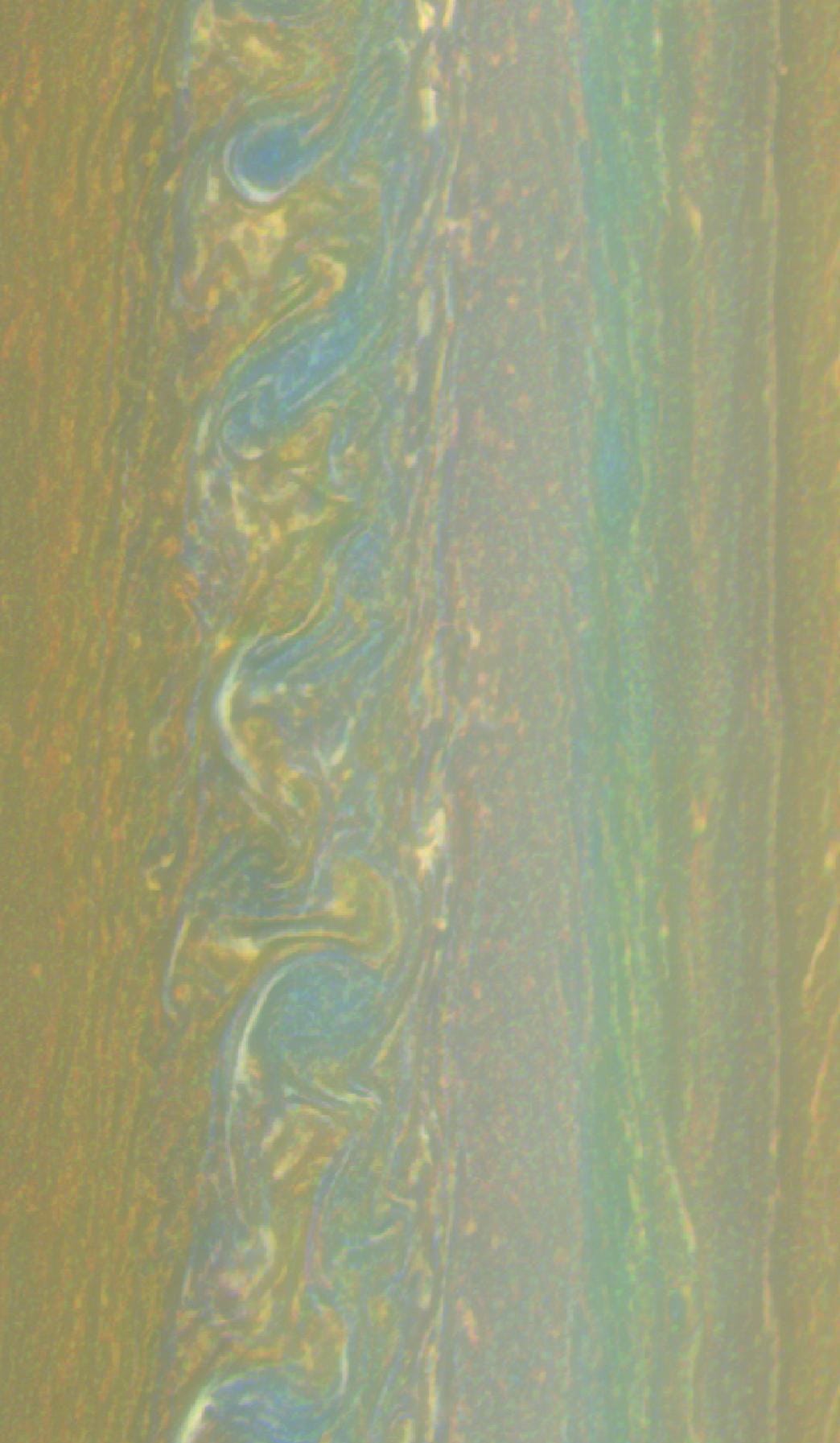
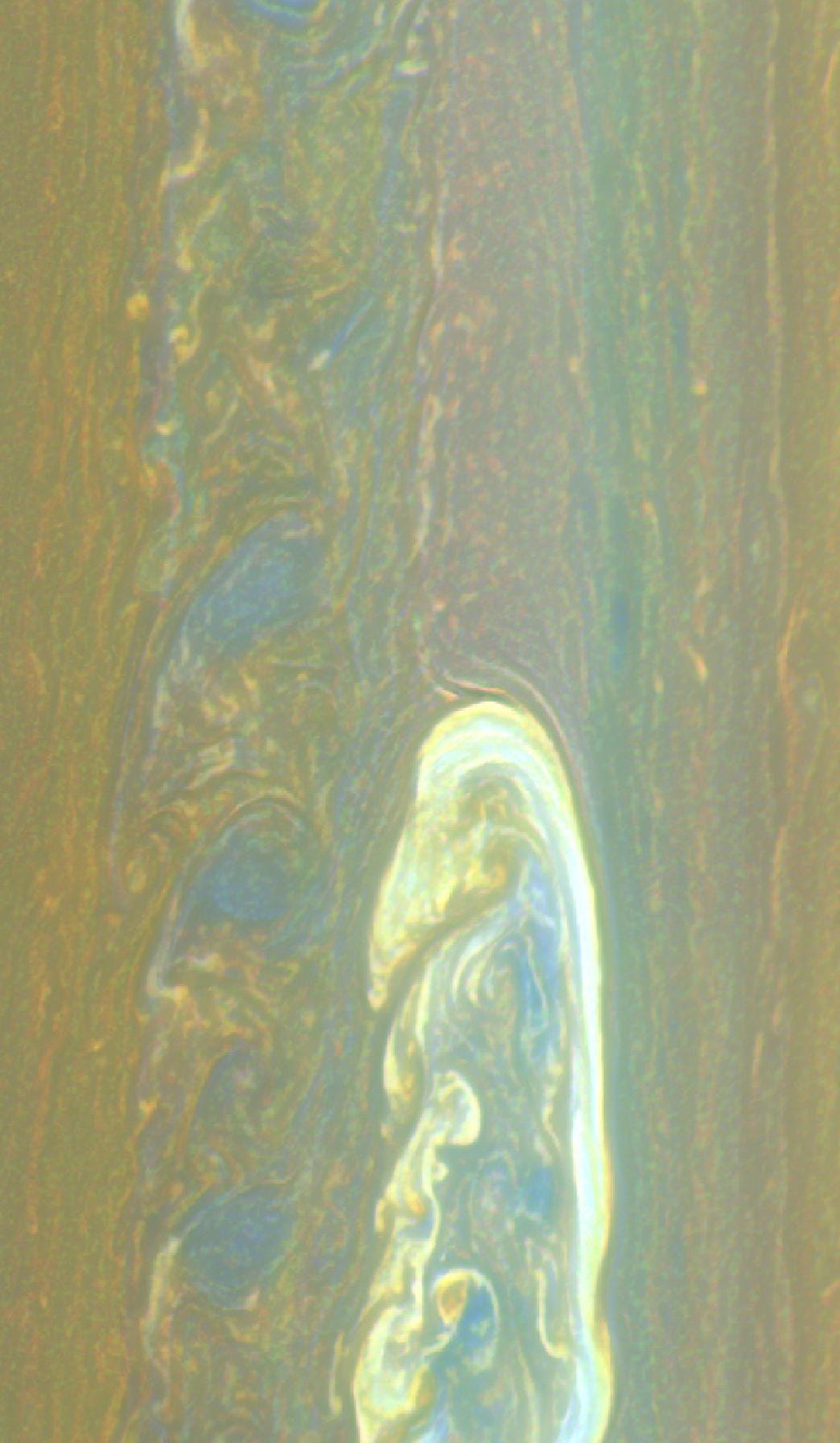
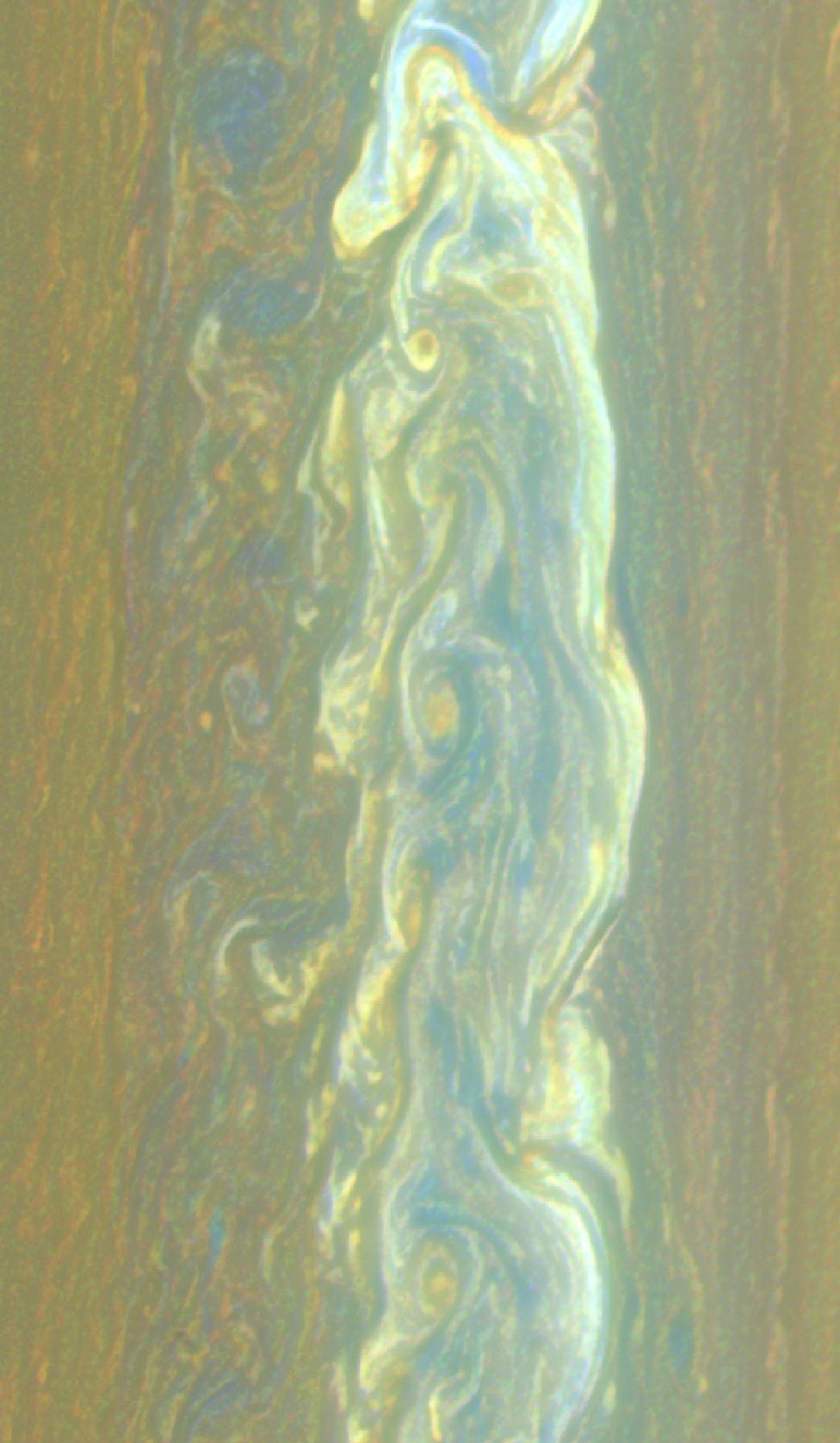
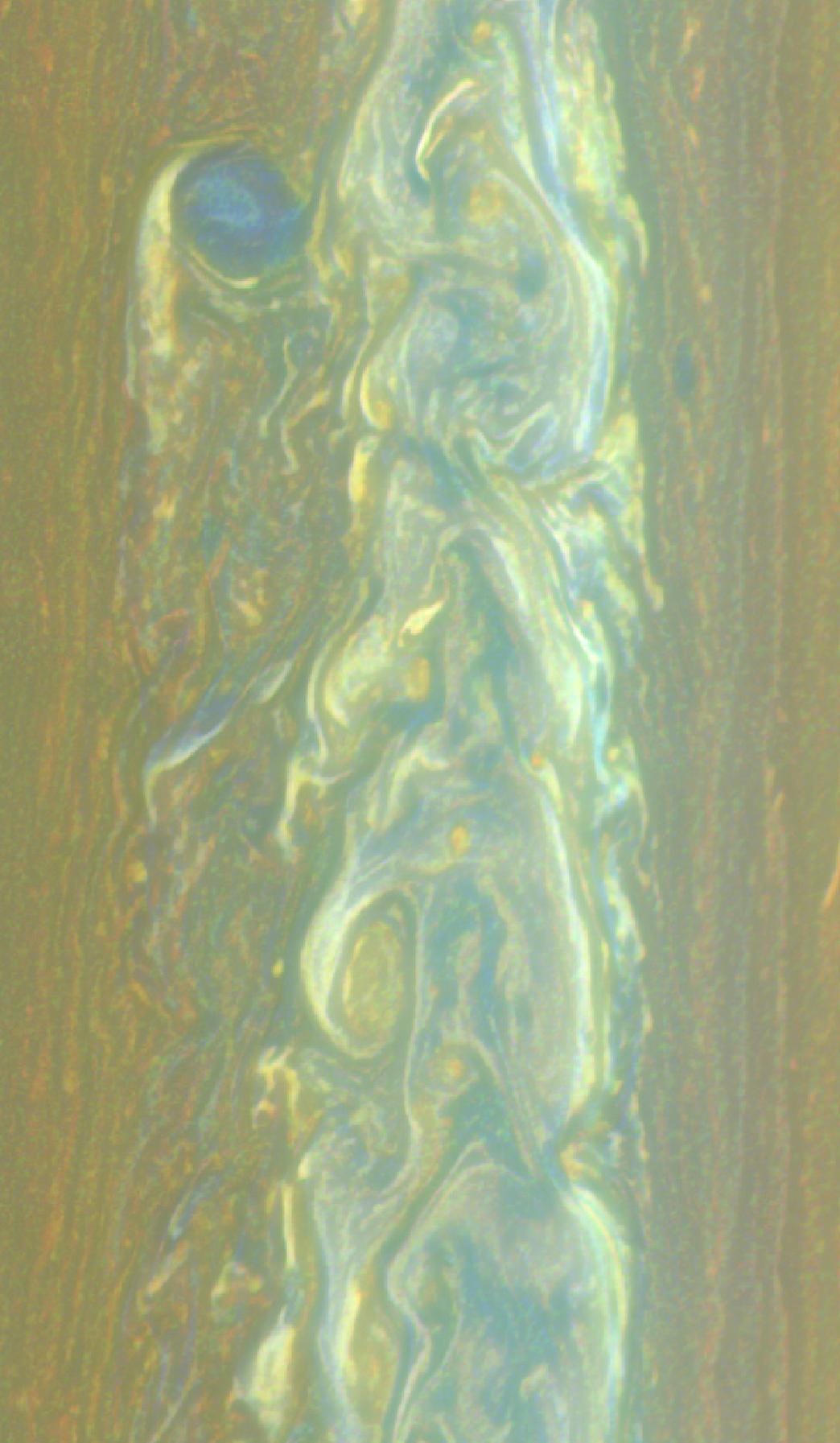
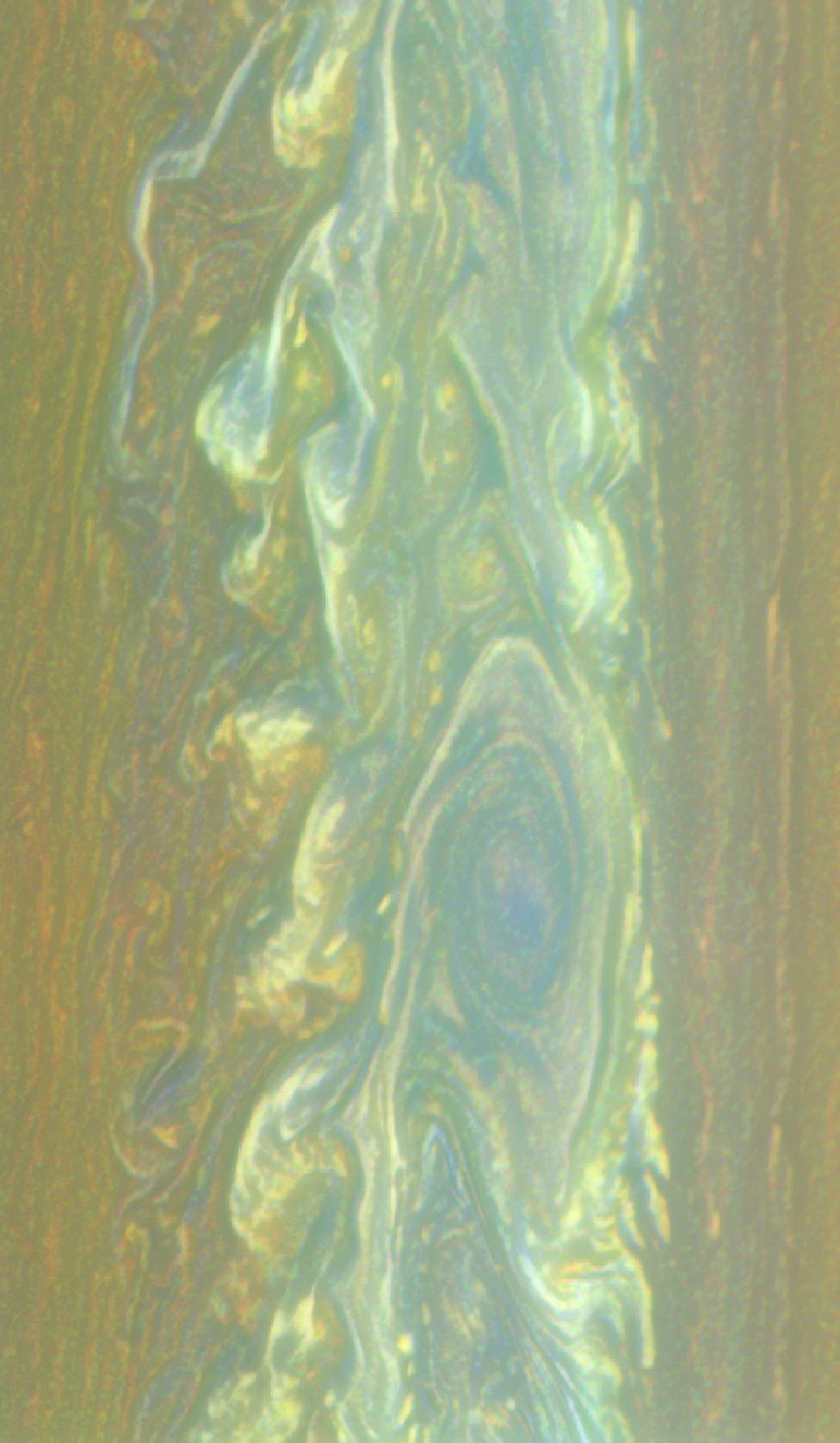
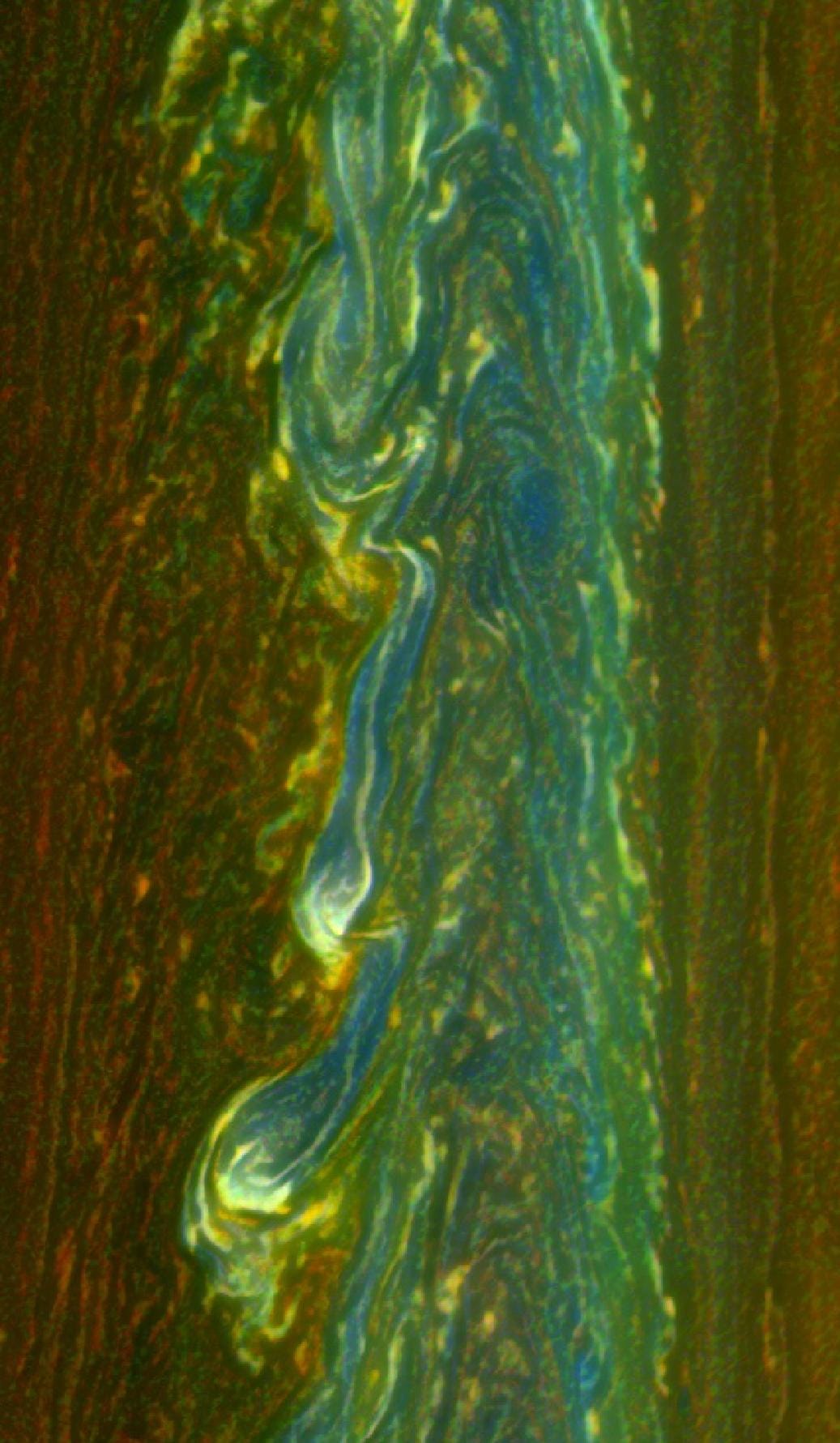
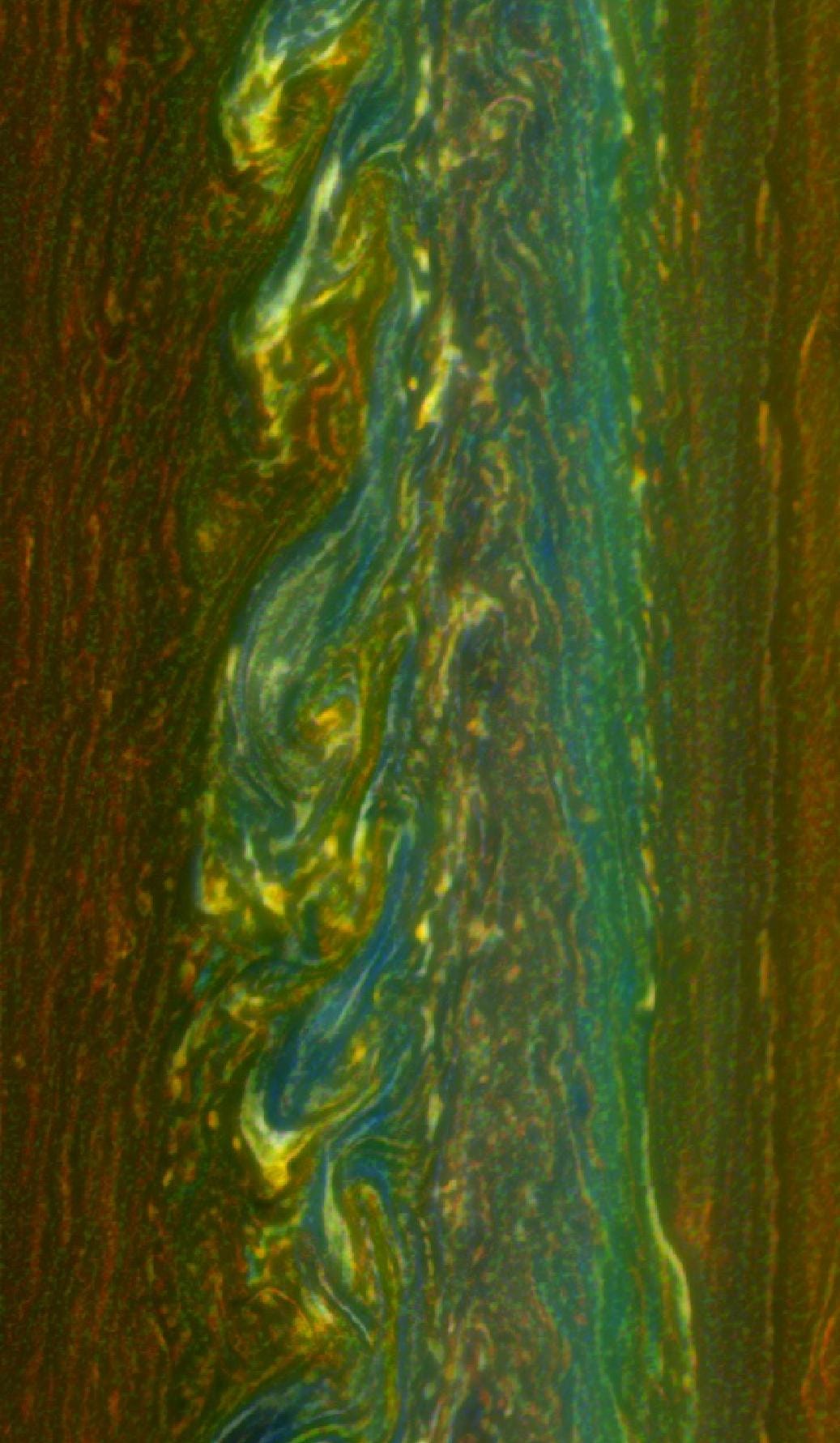
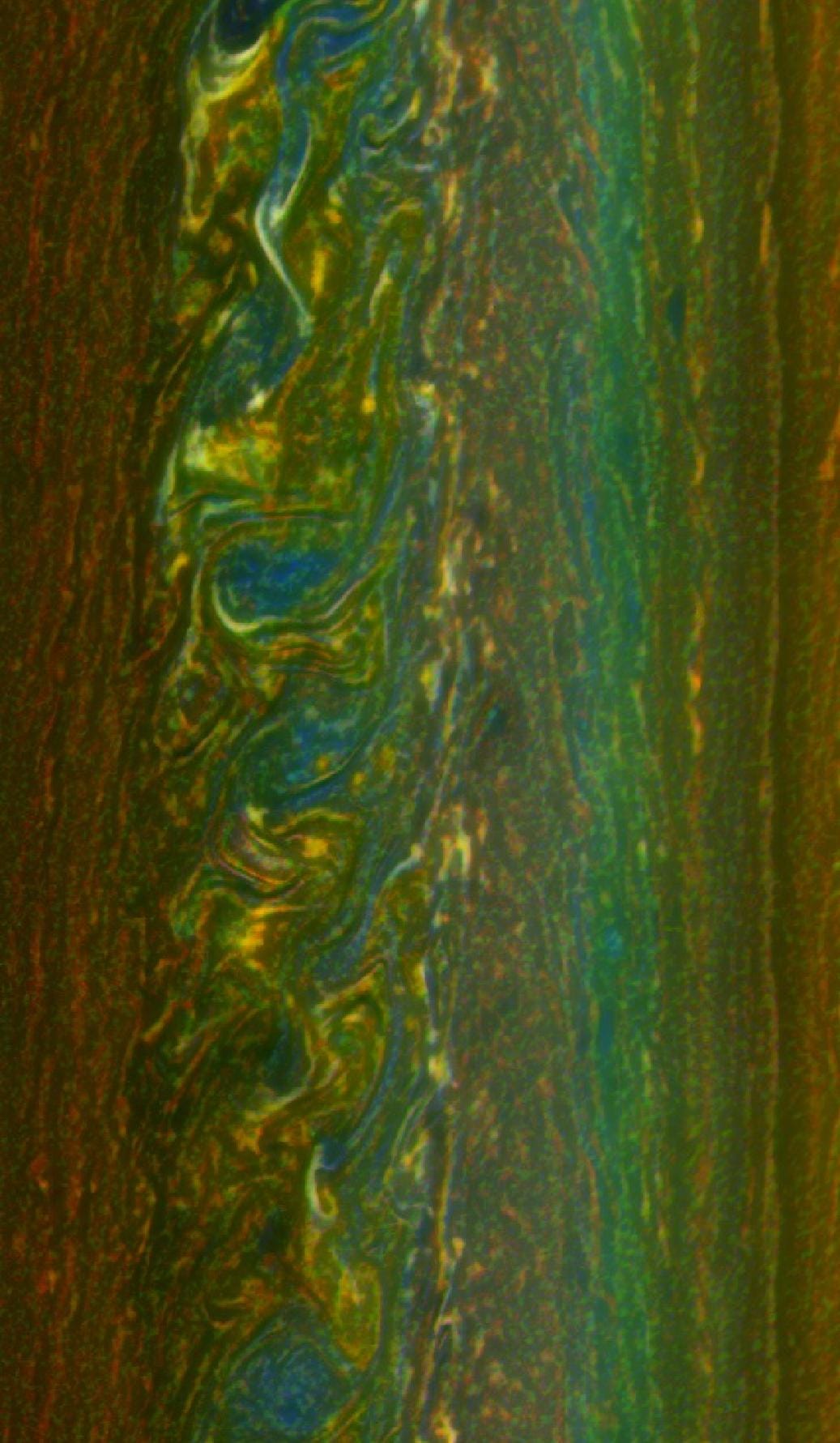
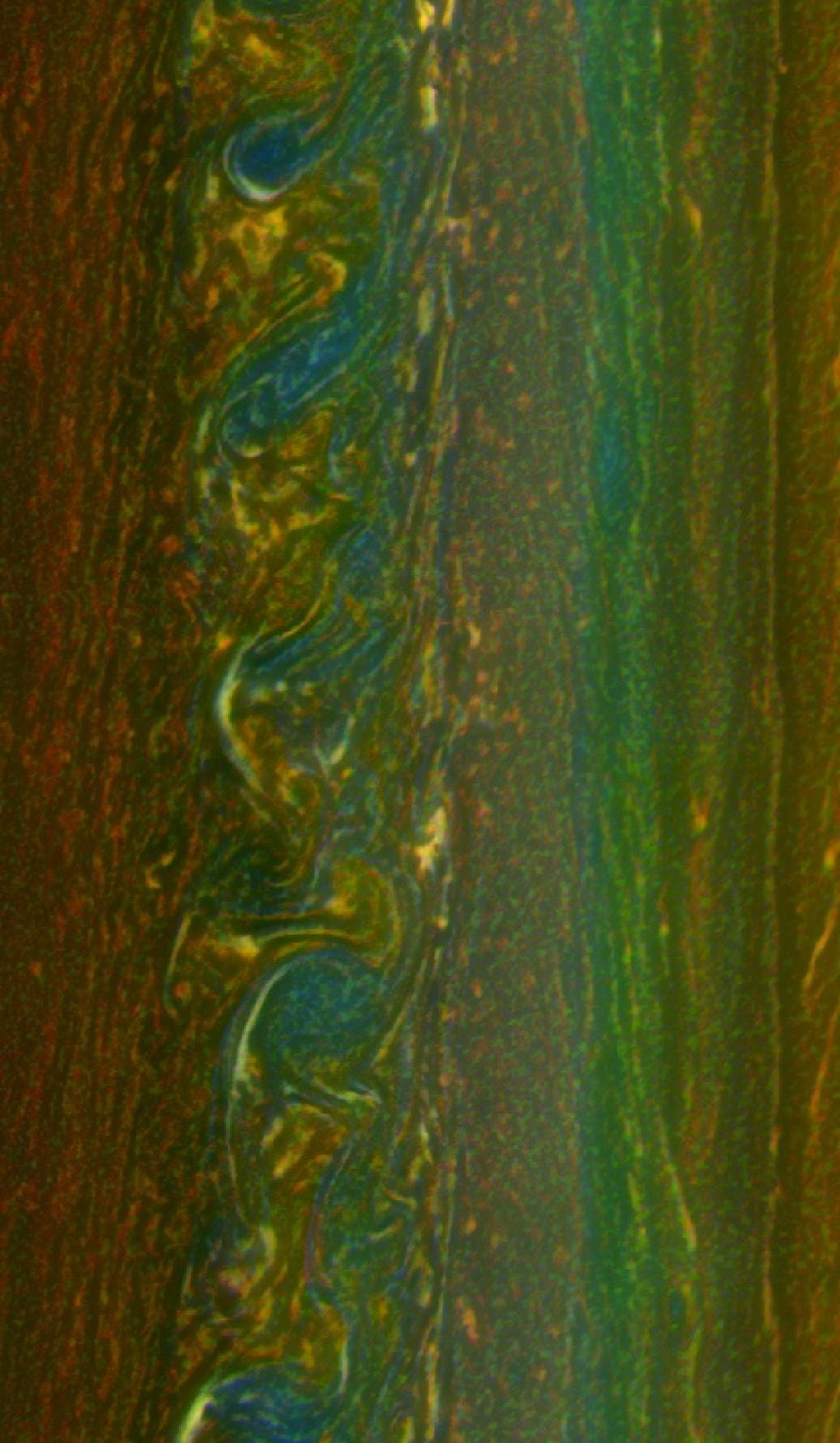
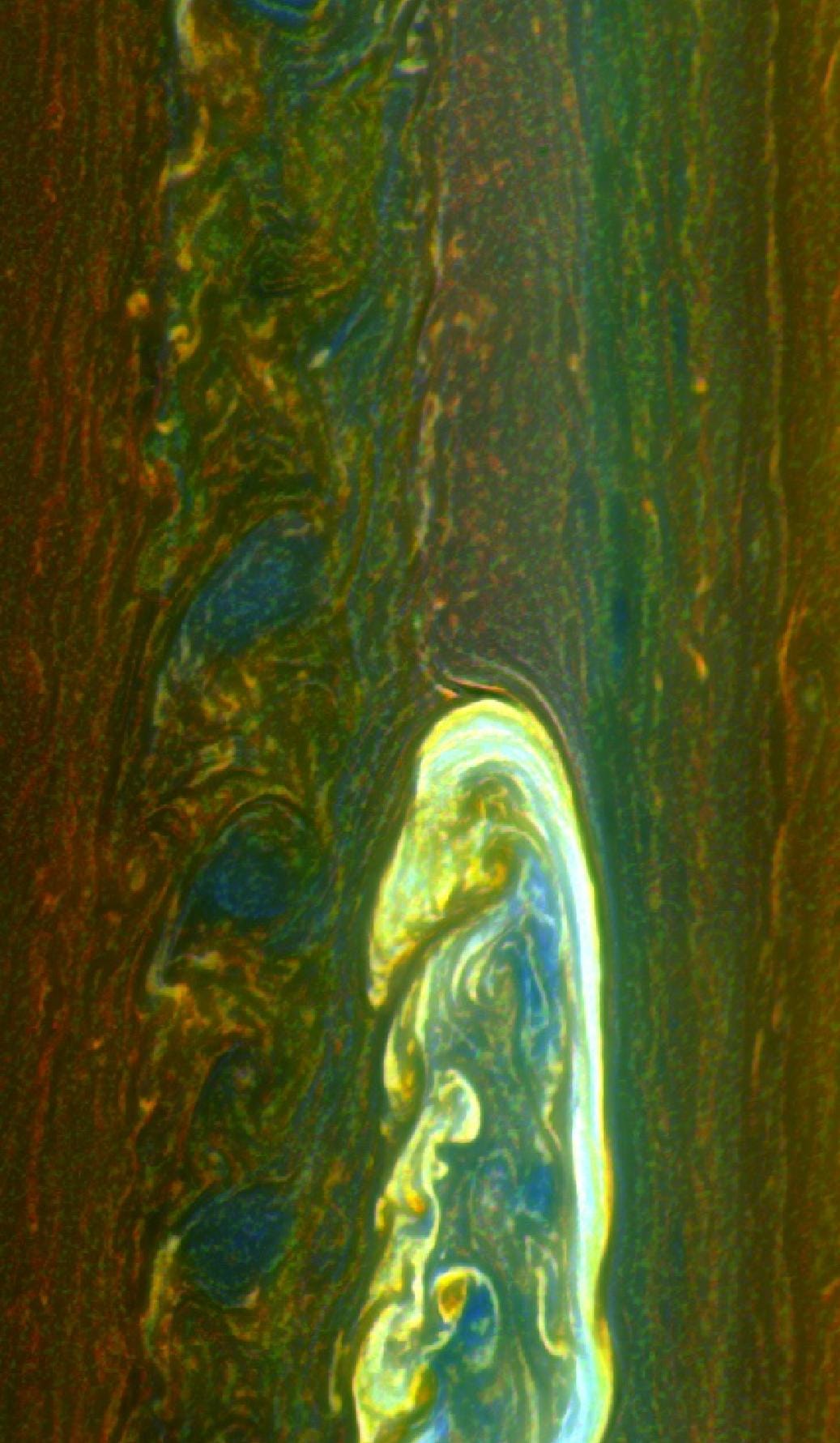
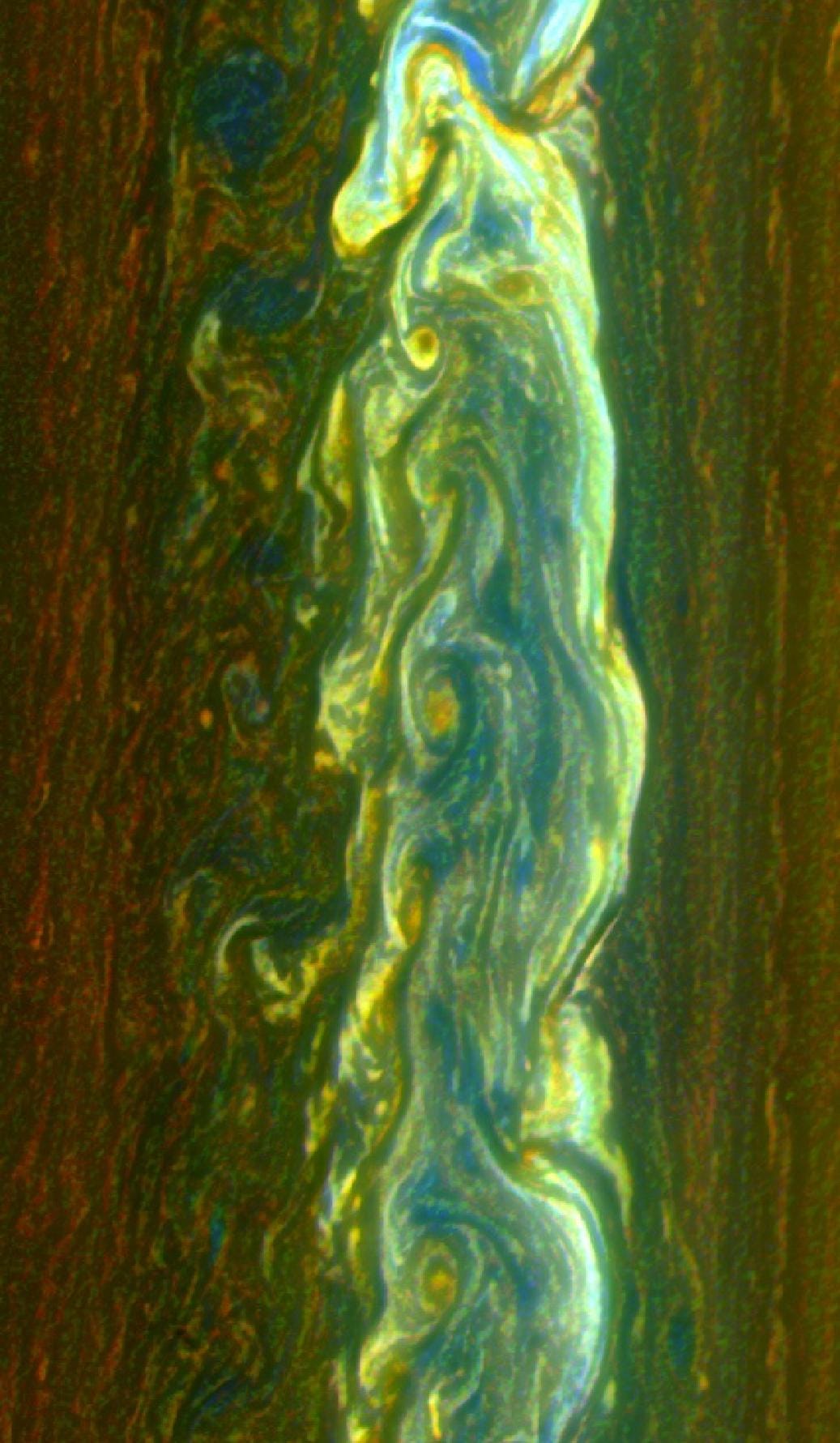
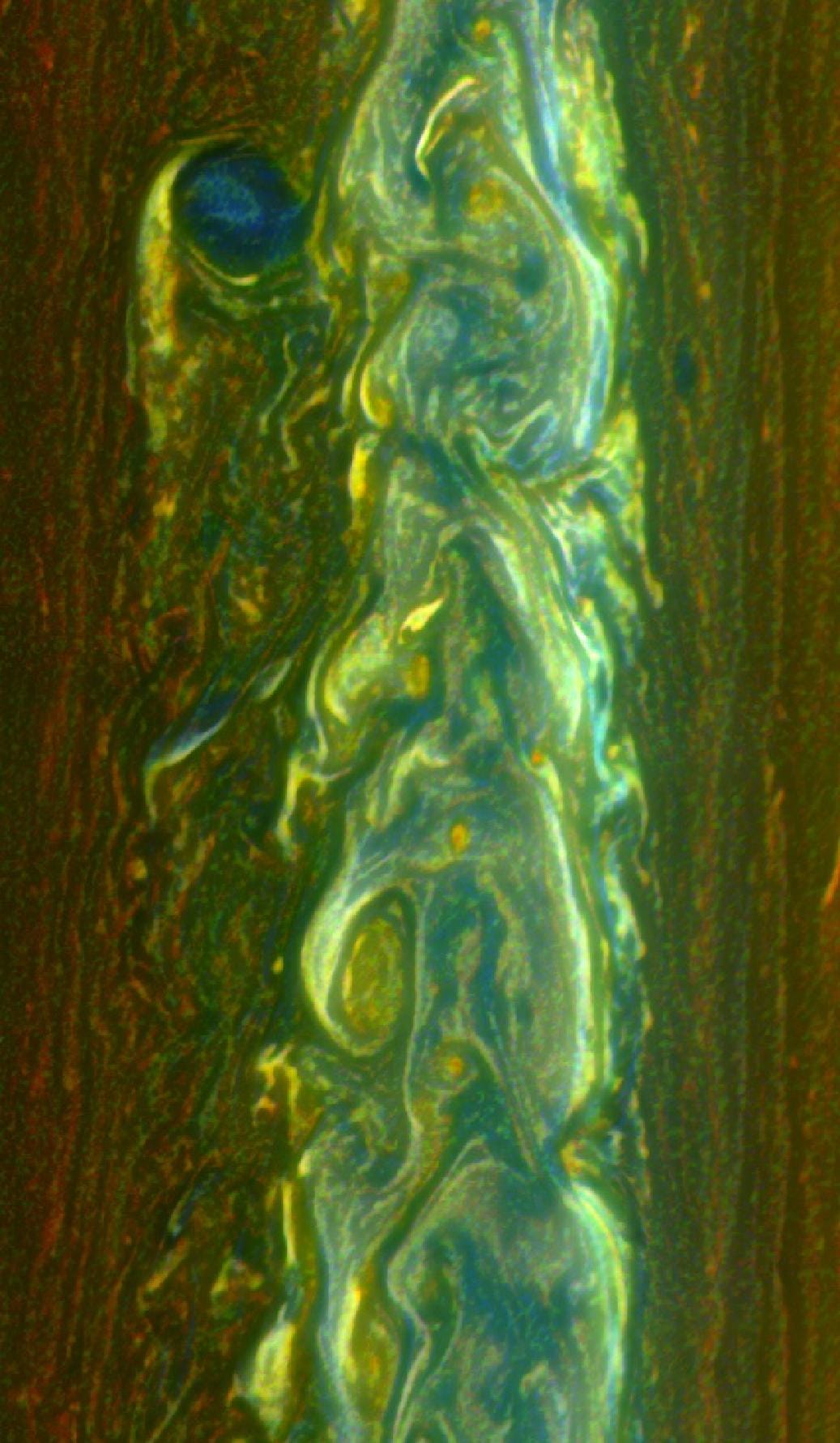
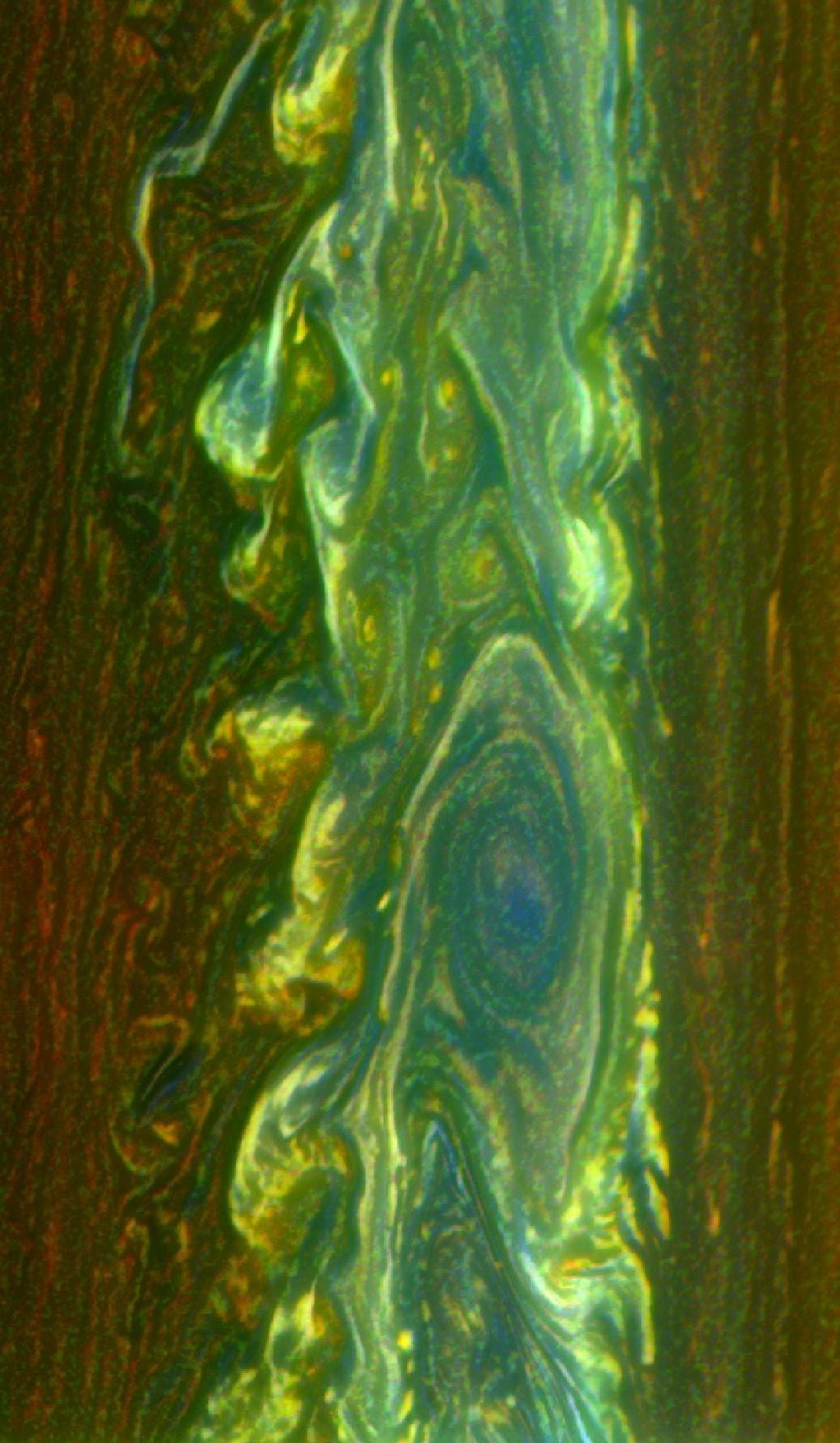
Mostly Mute Monday tells the story of a single astronomical phenomenon or object in visuals, images, video and no more than 200 words.
Leave your comments on our forum, and support Starts With A Bang on Patreon!
